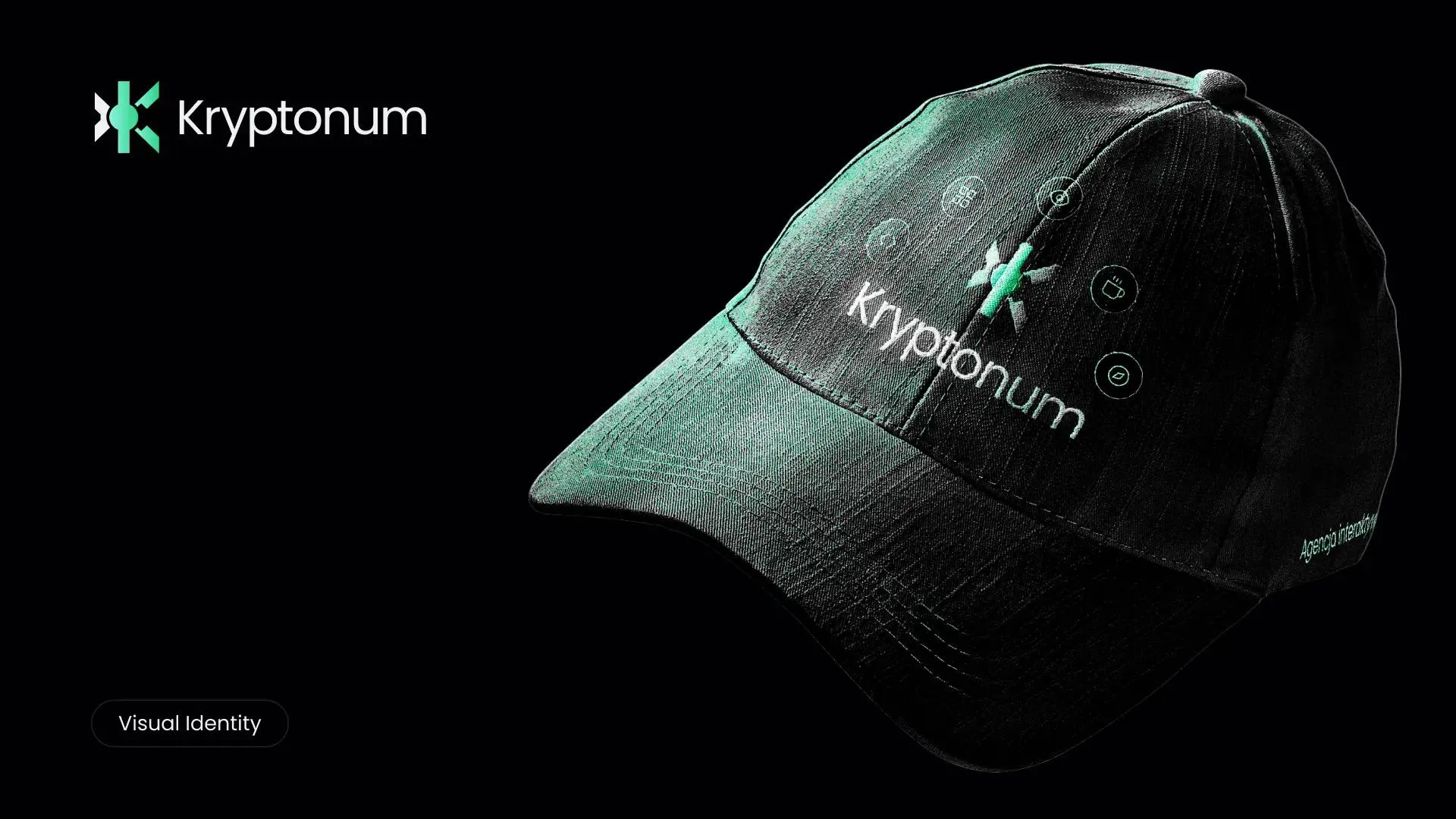❧ The Role of Visual Identity in Online Business
Want your brand to hit harder than a cold beer on a scorching summer day? Well… there are many factors that help build brand recognition.
But there’s one thing you must have—without it, launching a business is like entering the Tour de France on your grandma’s old bike. You can do it, but against your competitors, you’ll stand out like Dracula sunbathing in Copacabana. 🧛🏻♂️
The foundation of a unique and memorable online brand is a strong visual identity. In this article, we’ll dive into all its key aspects—what it is, why it matters, and how to leverage it for your business.
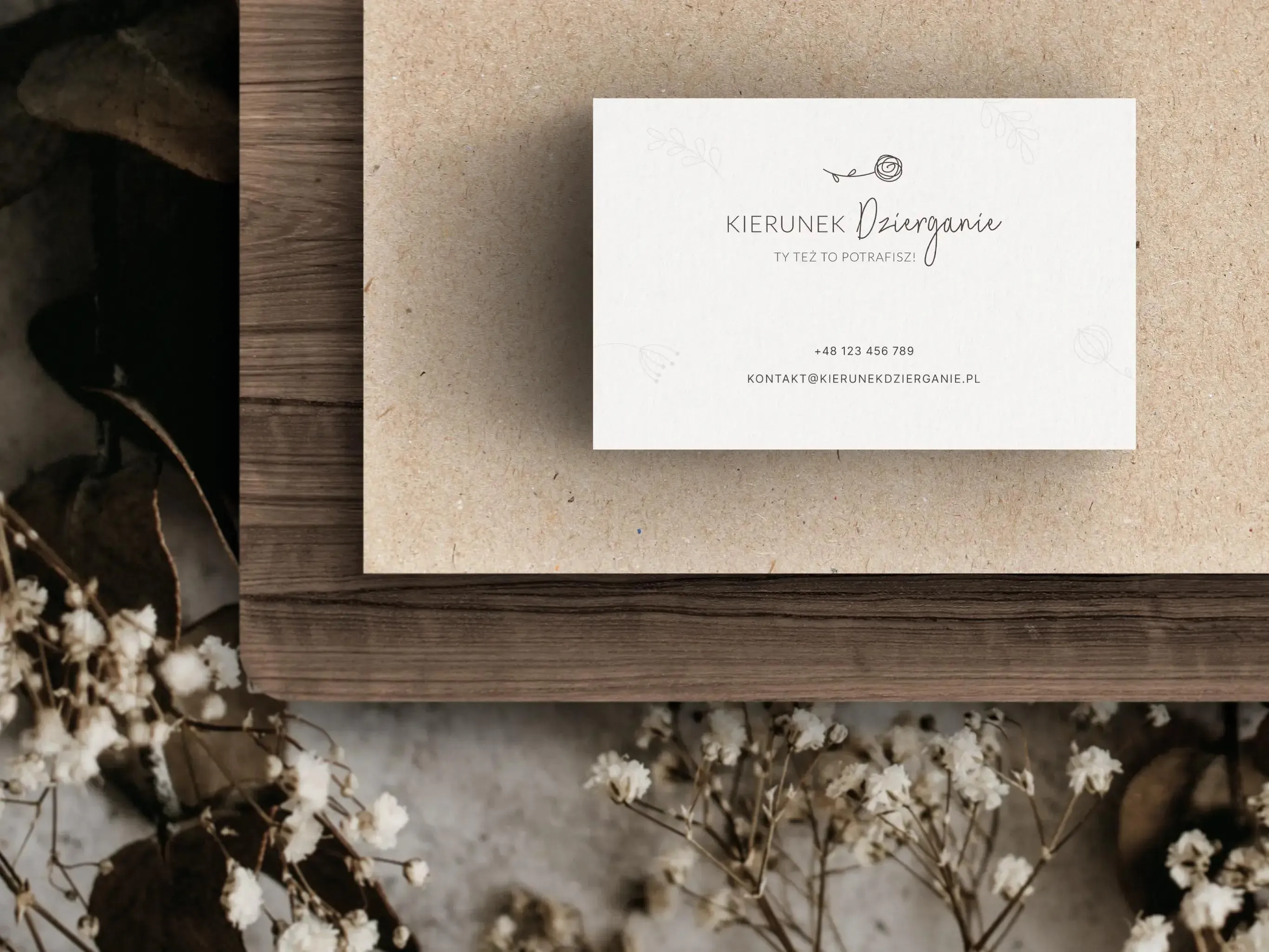
❧ What Is Visual Identity, and Why Does Your Business Need It?
Did you know that 55% of first impressions of a brand are based on its visuals? They say, “Don’t judge a book by its cover,” but when it comes to businesses… that’s exactly what people do!
It’s simple: we’re drawn to things that are visually appealing. That’s why visual identity is so important. But what exactly is it? 🤔
A visual identity is a cohesive design system that grabs attention, creates associations, and makes your brand stand out. It consists of graphic elements that, when combined, form a recognizable brand image. These elements are used across all touchpoints with your audience—from your website and social media to packaging and marketing materials.
Creating a strong brand identity isn’t just about aesthetics. It requires deep brand insight, audience analysis, and a clear understanding of the company’s mission and values.
Think of it as the key to brand recognition—one that opens the door to business success. But if your brand’s identity was slapped together by your neighbor’s cousin’s son… well, let’s just say that door might remain shut. (Unless, of course, that son is Damian from Kryptonum 😛)
The good news? All you need is a skilled designer who knows what they’re doing 😀
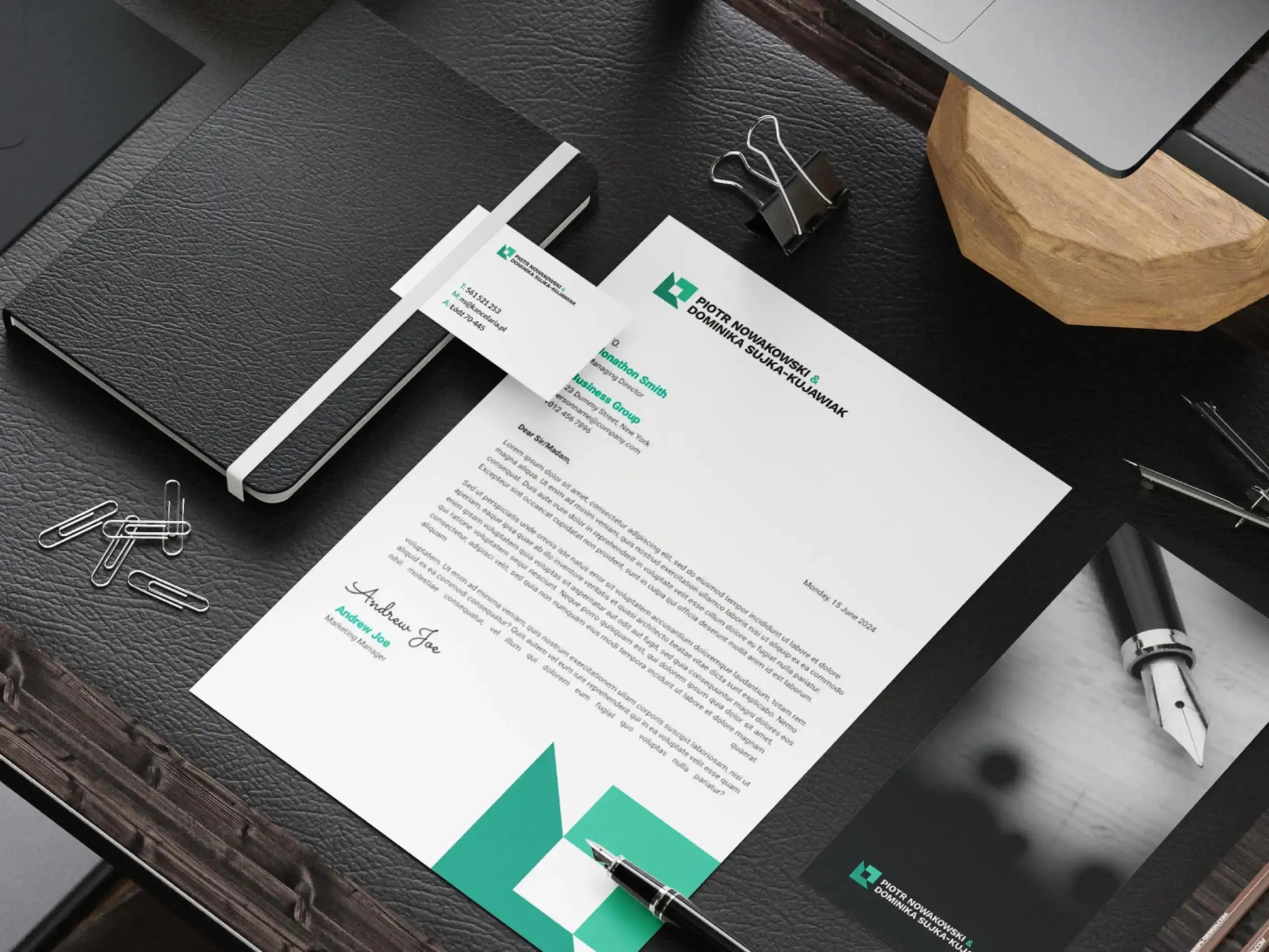
❧ It All Starts with… Logo!
Is logo the most important part of a strong brand identity? Well, it’s certainly the glue that holds everything together—kind of like mayonnaise in a potato salad at a family gathering 🥗
A logo is the cornerstone of brand recognition—75% of people recognize a brand by its logo.
A great logo should be simple, unique, and memorable. Some symbols are so deeply ingrained in our minds that we instantly recognize them—like the bitten apple 🍏 or the three slanted stripes. A well-crafted logo helps build a strong brand image and boosts recognition.
❧ Logo, Logotype, Symbol—What’s the Difference?
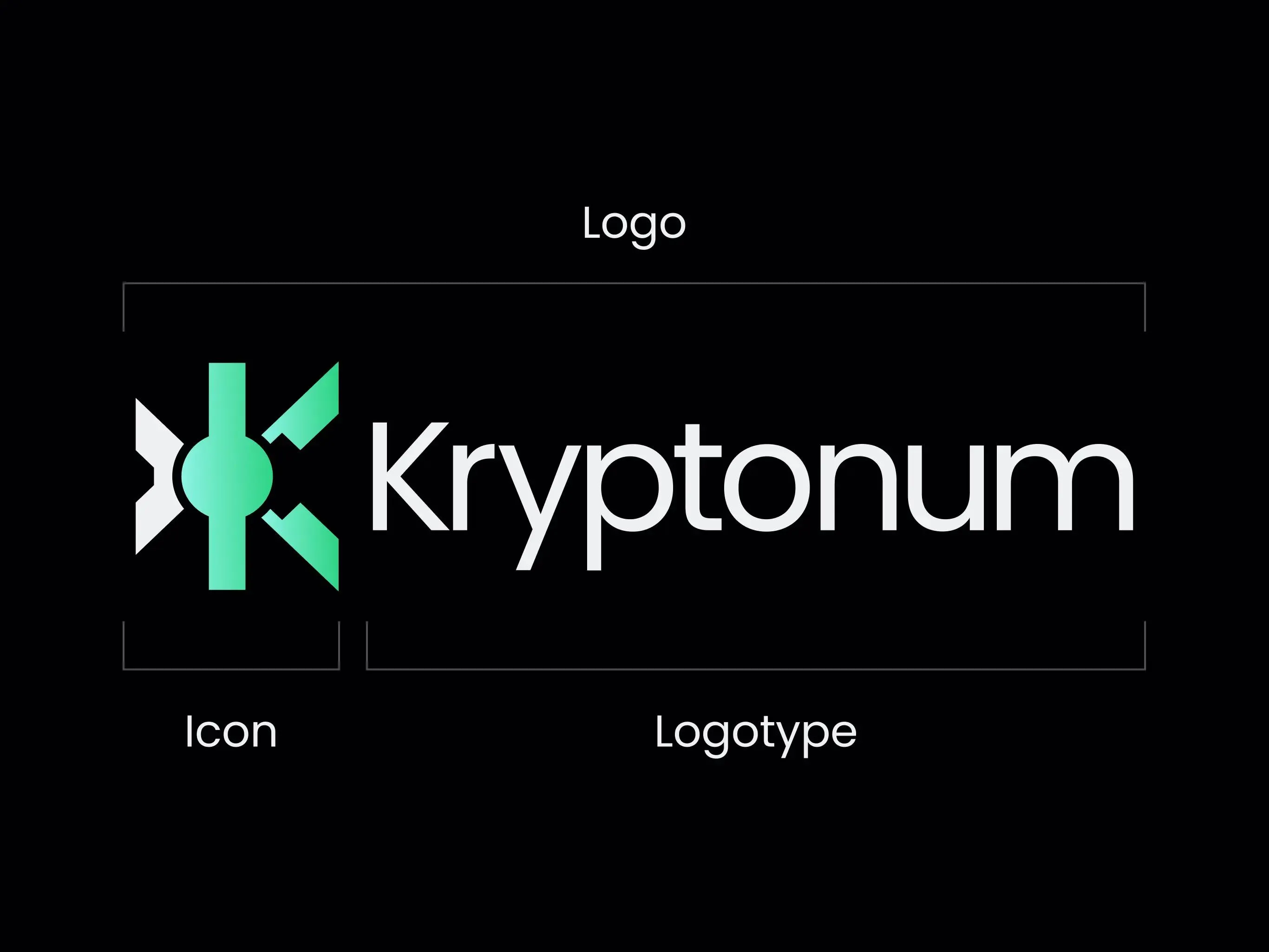
A big one.
-
Logo
The general term for a graphic mark or symbol representing a brand.
-
Logotype
The text-based part of a logo, typically using a unique font.
-
Symbol (or icon)
A standalone graphic element that represents a brand, often abstract or stylized.
A brand’s logo can include both a logotype and a symbol—or just one of them.
❧ Typography’s Role in Brand Identity
What makes good typography?
- Readability – If people can’t read it, it’s useless.
- Subtlety – It shouldn’t overshadow your content.
Typography is like an outfit for your brand’s message 👗
The fonts you choose for your website, marketing materials, and packaging influence how your brand is perceived. Modern and bold? Classic and elegant? The right font helps shape your brand’s identity and builds trust. Keeping typography consistent across all platforms strengthens brand recognition.
❧ How Colors Impact Branding and Perception
Did you know that color increases brand recognition by 80%? That’s huge!
Choosing the right color palette is crucial. Colors evoke emotions and associations—both positive and negative. That’s why your brand’s colors should align with its personality rather than clash like a cat and a dog.
Understanding [color psychology] is key to brand identity.
For example red symbolizes energy and passion—great for brands like Coca-Cola or Red Bull. But for a medical clinic? A bit unsettling… 💉
Blue is associated with trust and professionalism, which is why tech brands like Intel, Nokia, HP, and Dell use it so often.
❧ Brandbook: The Blueprint of Your Brand’s Visual Identity
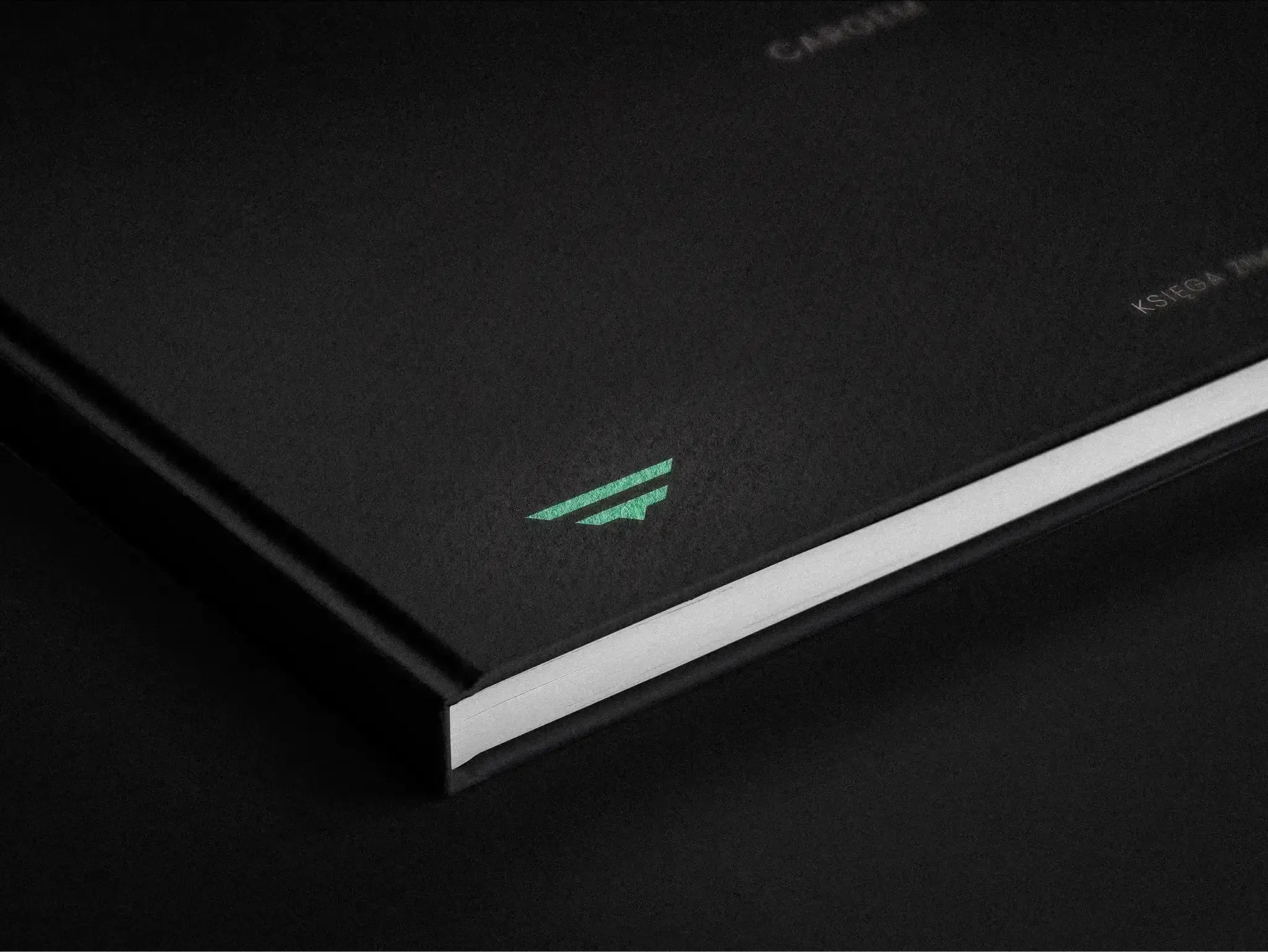
A logo without a brandbook is like a knight without armor—or a crypto enthusiast without Wi-Fi. 👨🏻💻
A brandbook is a guide that defines how a brand’s visual elements should be used. It ensures consistency across all materials and platforms.
It should include:
-
Logo details
Breakdown of all logo elements.
-
Alternative logo versions
Vertical, monochrome, negative, etc.
-
Safe space
The area around the logo that must remain clear.
-
Minimum size
Ensuring visibility and clarity
-
Correct usage examples
To maintain brand consistency.
-
Prohibited modifications
To prevent “creative” disasters 😛
-
Typography
Approved fonts and styles.
-
Color palette
Exact color codes.
-
Gradients & photography
Guidelines for additional design elements.
A well-structured brand identity system makes sure no one decides to slap a funky rainbow background behind your elegant logo. 😬
At Kryptonum, we never launch a brand without a brandbook. It’s not just for clients—it’s also for designers, printers, and anyone handling your brand materials. A brandbook prevents design mishaps and ensures your logo looks great everywhere! 👻

❧ How to Design a Cohesive Visual Identity
Designing a strong brand identity requires strategy, analysis, and planning. It starts with understanding your brand’s mission and goals and ensuring every design choice aligns with them. 🎯
At Kryptonum, we run strategy workshops with clients to define the brand’s essence and create a tailored action plan.
Remember:
A good visual identity isn’t just about choosing pretty colors and fancy fonts. If the colors clash or the font is unreadable, the whole brand image suffers. Every design element should be crafted with your audience in mind.
Because in branding, strategy always beats decoration. 🚀
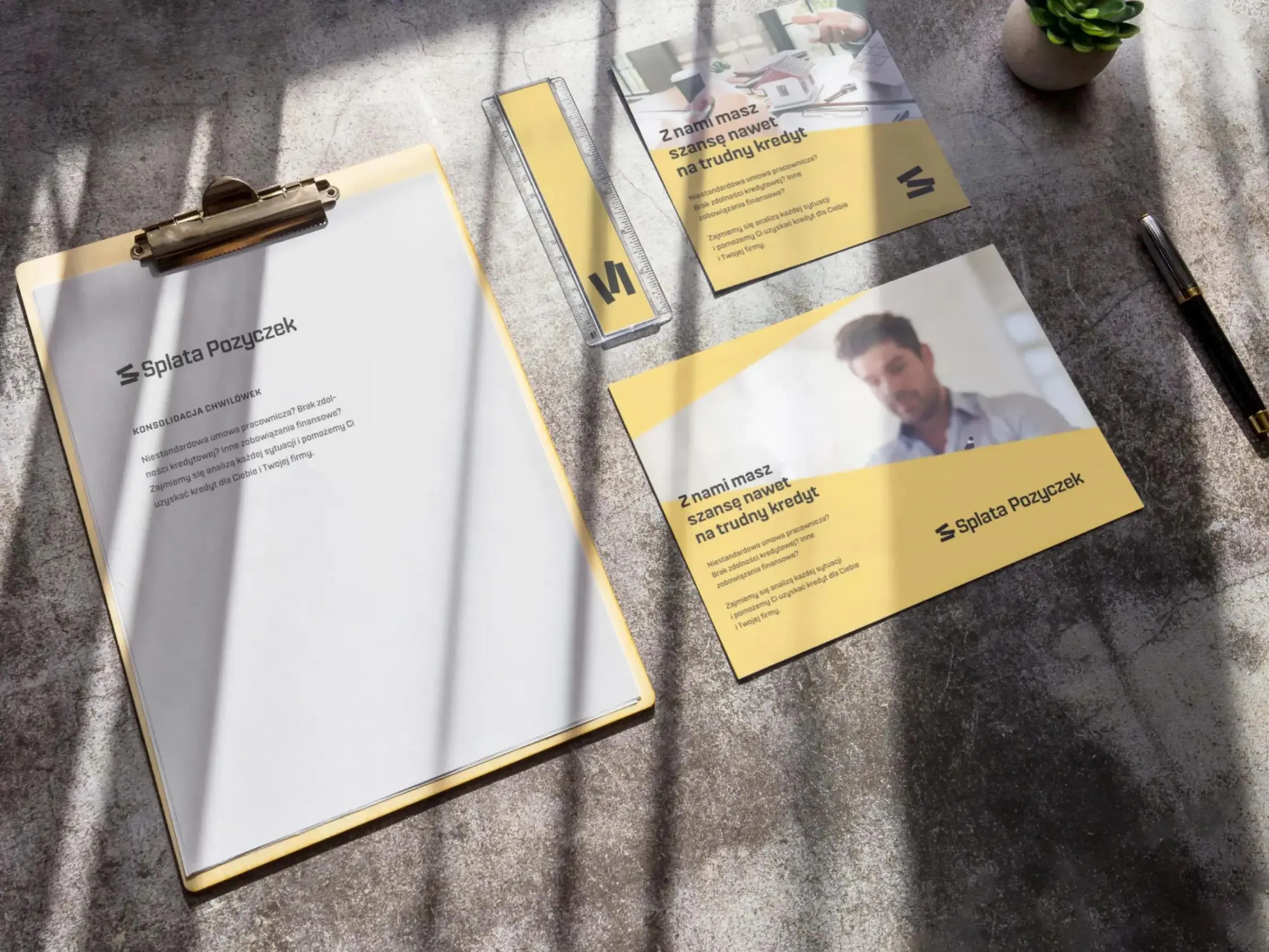
❧ A Well-Crafted Visual Identity Brings Countless Benefits to Your Business
Do you want your business to stand out like the last pistachio ice cream in a sea of vanilla? 🍦 A strong visual identity can bring many benefits to your company, including:
Boosting Brand Awareness
Consistent use of cohesive graphic elements helps build a recognizable and memorable brand image. When customers encounter these elements across different platforms, they start to associate them with your brand – and eventually, they won’t be able to forget them 😉
Building Customer Trust and Loyalty
A harmonious brand presentation is crucial for business success. Customers tend to trust companies that maintain a consistent and professional image across all touchpoints. If a company is meticulous about its branding, customers are likely to believe that they care just as much about the quality of their products or services 😉
Evoking Emotions
A brand’s visual appearance triggers emotions and associations. Colors, graphics, and communication style can convey values and beliefs. The better the visual identity, the more it influences consumers' emotional engagement. This connection encourages brand loyalty and increases the likelihood of choosing your products or services.
Standing Out in the Market
In today’s competitive business environment, standing out is the key to success. A high-quality visual identity gives your brand that unique edge, helping it shine brighter than the competition and attracting the attention of everyone who comes across it.
Shaping a Positive Brand Image
A well-designed visual identity creates an appealing brand image that invites collaboration. Consistent use of distinctive branding elements builds a strong and lasting perception of your company, evoking positive associations in the minds of consumers. Inconsistencies in branding, on the other hand, can create confusion and repel potential customers.
Boosting Financial Performance
Visual identity is a powerful tool for communicating a company’s values. A cohesive presentation of these values drives business growth and increases sales. Why? Because people buy from brands that confidently showcase their presence and aren’t afraid to stand out from the crowd.
Effective Communication and Marketing
Visual consistency makes it easier to communicate with customers. When customers see familiar graphic elements, they immediately recognize your brand. This recognition simplifies the process of sharing information about new products, promotions, or events.
❧ Examples of Visual Identity Elements
Visual identity goes beyond just a logo and color palette. It also includes the way a brand is presented across different mediums – from a logo on a company hoodie to a cover photo on Facebook. Consistency in using graphic elements strengthens brand identity and helps create a unique image ✨
What elements should align with the visual identity system?
-
Website
All graphics, animations, colors, typography, and layouts on your website should align with your brand elements to create a cohesive user experience. Even the style and framing of photos should complement the overall visual narrative.
-
Marketing Materials
Printed materials – flyers, posters, brochures, or business cards – should be consistent with the brand’s visual identity to maintain communication coherence.
-
Product Packaging
If your company sells physical products, the packaging should reflect your brand’s character, making it easier for customers to recognize your products.
-
Social Media
Social media profiles on platforms like Facebook, Instagram, or Twitter should have a consistent and well-thought-out appearance. Creating post templates that match your brand’s identity is a great way to maintain consistency.
-
Presentations and Documents
Templates for presentations, proposals, and other corporate documents should align with your visual identity. This approach enhances professionalism and demonstrates attention to detail – just like investing in branded letterheads!
-
Company Apparel and Accessories
If your employees interact with customers, branded apparel, badges, or accessories can enhance brand recognition. Plus, who wouldn’t love rocking a hoodie with the company logo?
-
Company Vehicles
Company vehicles used for client meetings can also reflect the brand’s visual identity, serving as mobile brand ambassadors.
❧ A Well-Designed Visual Identity is the Key to Success 🔑
Visual identity is the cornerstone of brand recognition, helping businesses stand out in today’s crowded marketplace.
Creating a visual identity is an investment that brings long-term benefits and allows your company to build an unshakable brand image. It’s worth investing in a comprehensive and well-thought-out visual strategy that reflects your brand’s values and intrigues potential customers.
Looking for someone to elevate your brand’s look? At Kryptonum, we’ll paint the picture of your company with the precision of Leonardo da Vinci, the simplicity of Bauhaus, and the creativity of Picasso 👨🏻🎨 – all in harmony with your brand values, business goals, and the principles of good design.
Need Professional Visual Identity Design? Schedule a Free Consultation 🤝
❧ Q&A About Creating Visual Identity
-
Are there rules to follow when creating a cohesive visual identity?
Absolutely! Consistency, understanding color psychology, and maintaining readability are crucial. All elements of your visual identity should be cohesive and form a unified whole. Any inconsistencies can confuse consumers and undermine credibility.
-
How much does visual identity design cost?
The cost depends on various factors, such as the project’s scope, the reputation of the agency or designer, and your company’s specific needs. On average, prices range as follows: freelancers – $250 to $1,250 for a basic package, small agencies – $1,250 to $5,000, and top-tier agencies – $5,000 and up.
-
Does professional visual identity have to be expensive?
It can be an investment, but a well-designed brand image pays off in the long term, driving growth and boosting revenue.
-
Does every company need a cohesive brand identity?
Yes, absolutely – regardless of size or industry. It’s not just about aesthetics but also about effective communication with customers.
-
How can I check if my visual identity is effective?
Evaluate its effectiveness through customer feedback. If it’s easily recognizable and evokes positive associations with your brand, it’s doing its job.
-
How can I update my brand’s visual identity?
Rebranding to the rescue! The process typically starts with an audit. Based on the insights gathered, a designer or agency develops a new identity that better resonates with your target audience.
-
Why is comprehensive visual identity important for branding?
It’s vital because it forms the foundation of brand recognition. It works in harmony with other branding elements like the company name, mission, and values, creating a comprehensive brand strategy.
-
Is a “decent” visual identity good enough?
Why settle for mediocre? Many companies have “decent” branding but fail to stand out. Aim higher! A well-designed and well-executed brand identity should be consistent, appealing, and aligned with your brand values – it’s a strategic marketing tool that drives success.
-
What are the consequences of having a poor visual identity?
It can confuse customers, decrease brand recognition, and damage trust. A poorly executed visual identity can negatively impact your brand’s reputation, leading to lost customers or a lack of interest in your offerings.
